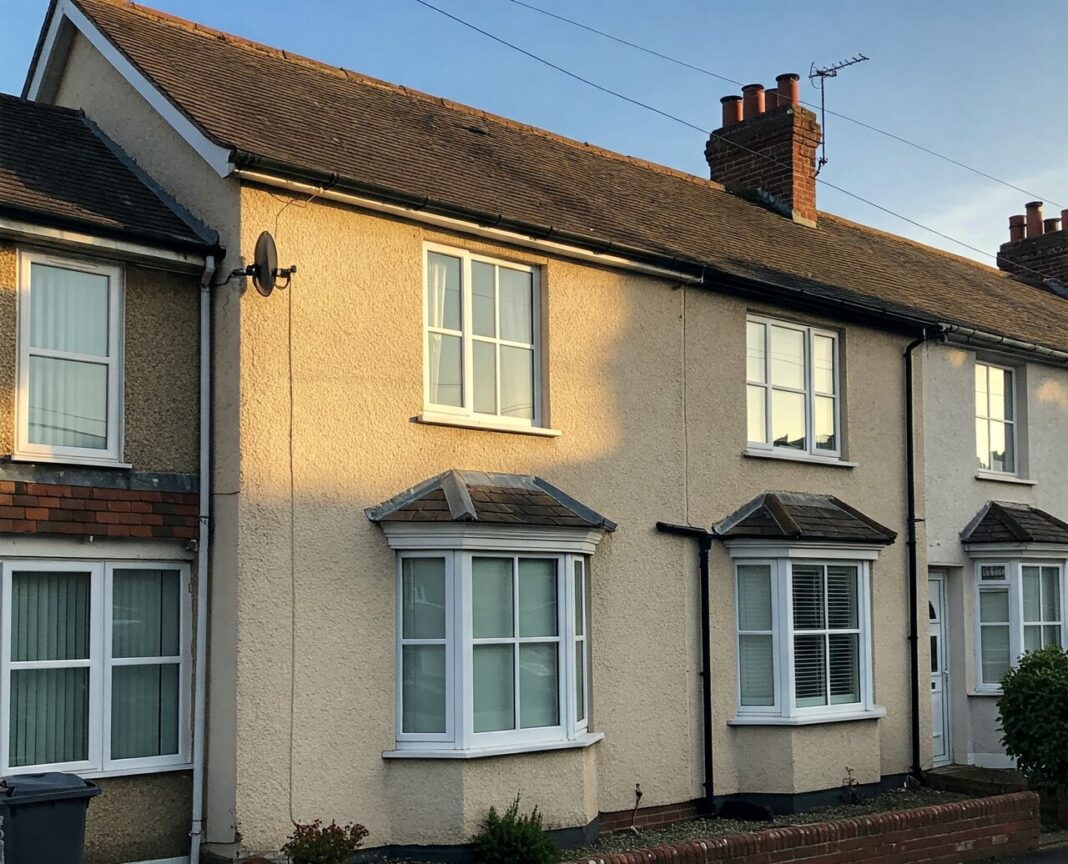New analysis from property technology firm COHO has valued the House in Multiple Occupation (HMO) market in England and Wales at £78 billion, with total annual rental income exceeding £6.3 billion.
The figures, based on Office for National Statistics (ONS) data, reflect the growing scale and economic contribution of shared housing across the UK.
According to the data, there are an estimated 182,554 HMO properties across England and Wales.
Of these, 74% are classified as ‘small’ HMOs – typically occupied by three or four tenants – while the remaining 26% are ‘large’ HMOs housing five or more.
REGIONAL CONCENTRATIONS
London accounts for the largest proportion of HMO properties nationwide, representing 33.9% of the total stock. It is followed by the South East (13.6%), South West (10.7%), North West (8.4%), and Yorkshire and the Humber (7.4%).
The average HMO property value across England and Wales stands at £293,197, placing the overall market value at just over £78 billion.
In London, where the average HMO is valued at £660,227, the combined stock is worth approximately £40.9 billion.
The South East holds the next largest regional market value at £10.8 billion, with an average HMO price of £436,146. The South West follows with £7.9 billion, and the North West with £4 billion.
RENTAL INCOME
The average annual rental income for an HMO in England and Wales is £29,715. Multiplying this across the national HMO stock yields an estimated total rental income of £6.3 billion annually.
London generates the highest overall rental income, with an average of £40,169 per property resulting in £2.5 billion annually.
The South East, however, achieves the highest rental yield per property, with HMOs generating £46,042 annually on average – contributing to a total regional rental income of £1.1 billion.
The South West produces £747.3 million in rental income, while the North West generates £419.2 million.
Despite Yorkshire and the Humber having the lowest average HMO property value (£196,014) and the second-lowest average rental income (£21,208), the region still outperforms both Wales and the North East in total stock value and rental income, owing to the relative size of its HMO market.
The East Midlands records the lowest average annual rental income per property (£20,223), yet benefits from a comparatively strong average property value (£236,779), resulting in a total stock value of £2.9 billion—higher than that of Yorkshire, Wales, and the North East.
MARKET OUTLOOK
The scale of the HMO market underlines its continued importance to the UK’s rental sector, particularly among younger tenants, students, and key workers seeking more affordable or flexible housing options. Regional variations in value and income generation also suggest differing levels of market maturity and tenant demand.
As economic pressures and affordability challenges persist across the broader housing market, shared accommodation is expected to remain a prominent segment of the rental landscape.
MISSED OPPORTUNITIES

Vann Vogstad, COHO Founder and CEO, said: “HMOs are a significant force on the national rental market, generating a combined rental total of well over £6 billion every year.
“But while this sounds like a strong number, HMO landlords are actually leaving a huge amount of money on the table.
“We have previously found that tenants are willing to pay as much as 10% more in rent in exchange for a heightened HMO experience, not least the opportunity to live with housemates whose personalities and lifestyles are a good match for their own.”
BETTER PREMIUMS
“Further premiums can likely be commanded for HMO properties that are altogether more considered and thought-through than your average, such as high quality finishes, strong landlord communication, efficient financial processes, and speedy maintenance management.
“As such, the HMO market’s value is going to keep increasing not only because of the constant and growing demand from a variety of tenant demographics, but also because rising tenant expectations means landlords are going to improve the standard of living and thus benefit from stronger rental income.”









